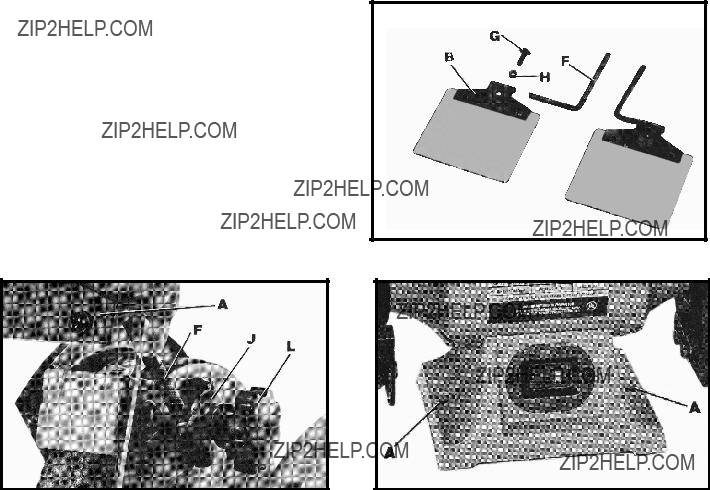1. WARNING: Do not operate your grinder until it is completely assembled and installed according to the
instructions.
2. IF YOU ARE NOT thoroughly familiar with the operation of grinders, obtain advice from your supervisor,
instructor or other qualified person.
3.ALWAYS use grinding wheels that have a bore exactly equal to the arbor of the grinder. NEVER attempt to machine an undersize wheel to fit an arbor.
4.NEVER use a chipped or cracked grinding wheel. ALWAYS inspect each wheel before mounting on the grinder. Replace a cracked wheel immediately.
5.ALWAYS maintain a distance of 1/8?? or less between the grinding wheel and the tool rest. Adjust the tool rests as the grinding wheels decrease in size with use.
6.SECURELY tighten tool rests so they cannot shift position while in use.
7.NEVER grind on a cold wheel. The grinder should always be started and run at idle speed for one full minute before applying work.
8.NEVER grind on the side of the wheel. ALWAYS grind on the face of the wheel only.
9.NEVER apply coolant directly to a grinding wheel. Coolant can weaken the bonding strength of the wheel and cause it to fail. Dip the workpiece into water to cool it.
10.SPARKS ARE A HAZARD! NEVER grind near flammable gas or liquids.
11.ALWAYS MAKE SURE the wheel guards and eye shields are in place, properly adjusted and secured.
12.KEEP the spark guards close to the wheel and re-adjust them as the wheel wears.
13.MAKE CERTAIN the blotter and wheel flanges are used to mount the grinding wheels onto the grinder shaft.
14.STAND to one side of the wheel when turning on the power.
15.AVOID awkward hand positions where a sudden slip could cause a hand to move into the grinding wheel.
16.ALWAYS keep hands and fingers away from the grinding wheel.
17.NEVER start the grinder with the workpiece pressed against the grinding wheel.
18.DRESS the wheel on the face only. Dressing the side of the wheel can cause it to become too thin for safe use.
19.DO NOT use a wheel that vibrates. Dress the wheel, replace the wheel, or replace the shaft bearings, if worn.
20.GRINDING CREATES HEAT. Do not touch the work- piece until you are sure it has cooled sufficiently.
21.ALWAYS use grinding wheels that are suitable for the speed of the grinder. NEVER use a wheel that is rated lower than the grinder speed.
22.ALWAYS keep guards in place when using a wire brush or buffing wheel in place of the standard grinding wheel.
23.SHOULD any part of your grinder be missing, dam- aged, or fail in any way, or any electrical component fail to perform properly, shut off switch and remove plug from power supply outlet. Replace missing, damaged or failed parts before resuming operation.
24.THE USE of attachments and accessories not rec- ommended by Delta may result in the risk of injuries.
25.ADDITIONAL information regarding the safe and proper operation of this product is available from the National Safety Council, 1121 Spring Lake Drive, Itasca, IL 60143-3201 in the Accident Prevention Manual for Industrial Operations and also in the Safety Data Sheets provided
by the NSC. Please also refer to the American National Standards Institute ANSI B7.1 Safety Requirements for
the use, care, and protection of abrasive wheels; ANSI B11.9 Safety Requirements for the construction, care and use of grinding machines; and the U.S. Department of Labor OSHA 1910.215 Regulations for Abrasive Wheel Machinery.
26. SAVE THESE INSTRUCTIONS. Refer to them often and use them to instruct others.





